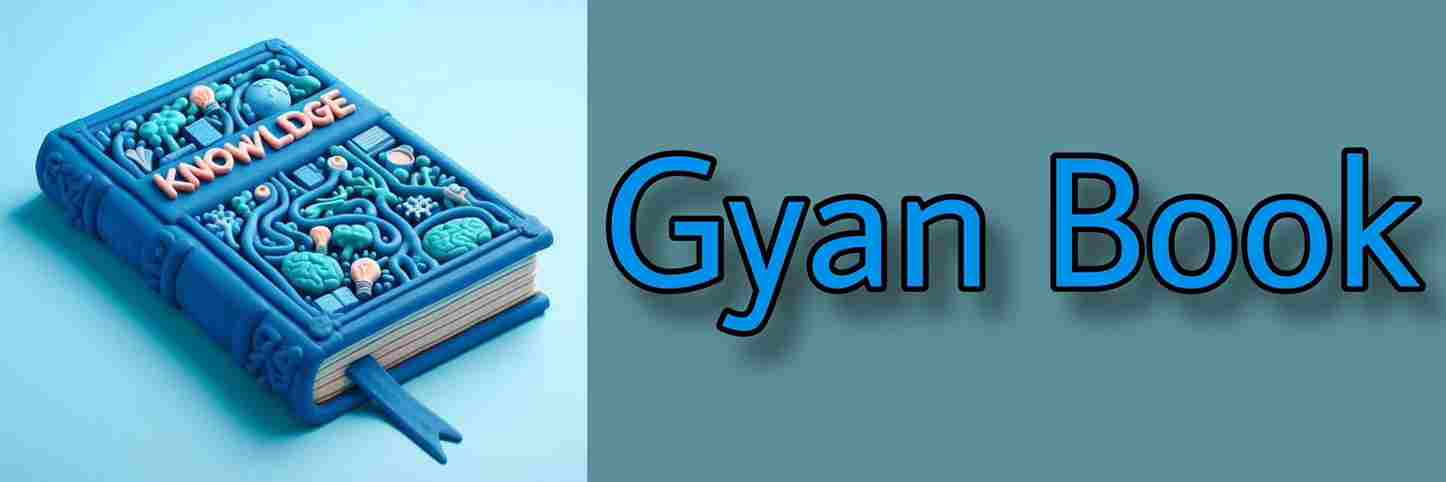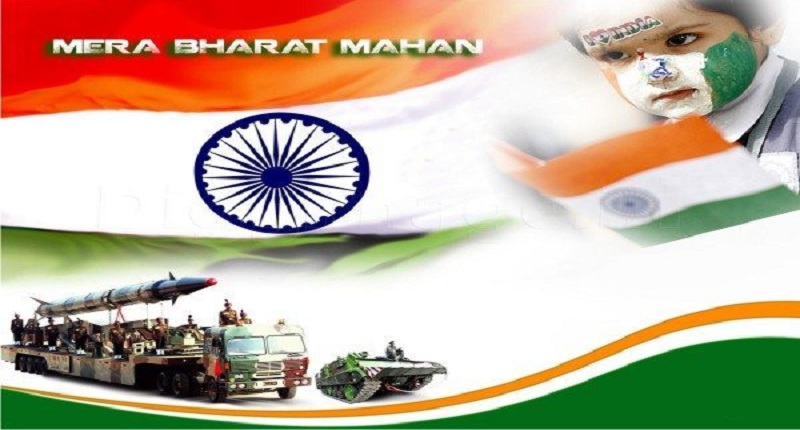India is one of those few nations that have two names. How many countries have you heard of that have two names – first that is constitutionally documented, and another name that is perhaps an English translation meant for all those people who cannot pronounce the word? It is often a challenge for people whose first language is English or any other European language to pronounce eastern names. Therefore, in the olden times, it was a norm to change all those names, and people would blindly accept the new names without much resistance.
Take, for example, our country. We go by two names – Bharat, the original name and India, the name given by people. People who invaded Bharat arrived at the river Sindhu, and somehow, they changed the name to Hindu. Then, the name further changed to Indus. And now, India has stuck on as the name of the country for centuries.
In this context, it is essential for historians to come up with a satisfactory explanation that justifies the evolution of the name “India” and also trace its origin. It is fascinating to know that the name India does not appear anywhere in the Puranas, Vedas, Itihasa or Amarakosa. Some scriptures of India say “jambu dweepe Bhaarata varshe….” Yet, India was included as the name of our country in our constitution, and everyone was liberally allowed to use this name even after the country attained independence from the British rule.
Whenever we speak in one or more of our regional languages and/or Rashtra Bhasha, the name Bharat or Bharat Mata is proudly used. However, when our nation is addressed in Engish, people often address it as India just like a literal translation for its original name to be understood by the non-Bhartiya people. It is a known fact that Sri Lanka eschewed its name Ceylon a long time ago. Yet, we still cling to the name Ceylon that was given by invaders a long time ago.
Read More: https://gyanbook.in/marathi-sexy-video/
Thanks to this name, another slogan appeared that was called ‘Hindi, Hindu, Hindustan’ meaning one language, a single religious denomination as well as one territory. This connotation is drastically different from the initial original name of “Bharat” or even “Hindustan.” It is also fascinating to note that in 2003, the Vishva Hindu Parishad demanded that the name India be changed to Hindusthan and not Hindustan.
Talking about the official naming of our country, the Constituent Assembly of India always unwittingly rejected the name “Bharat”

